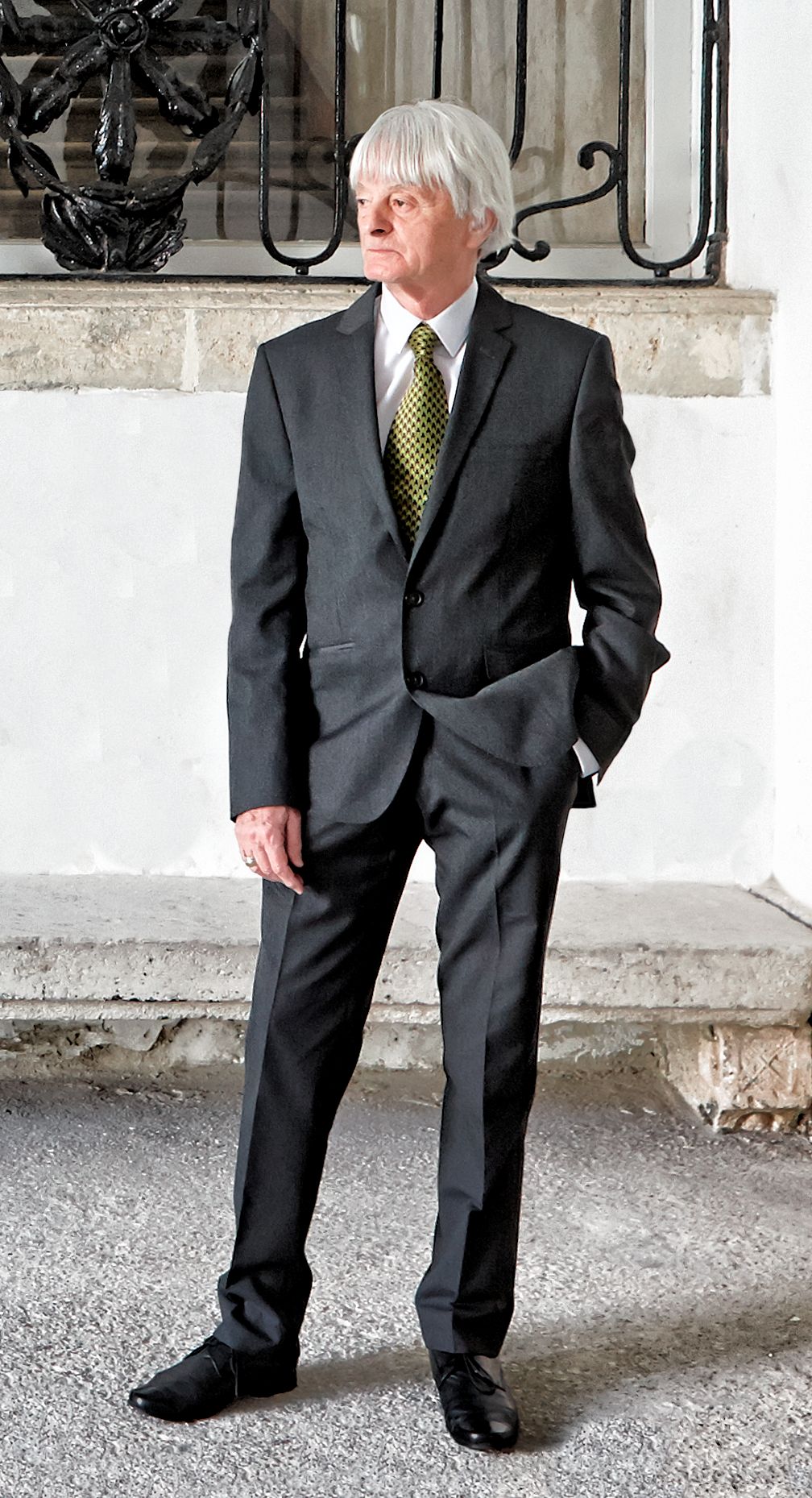It is with deep sorrow that we announce the passing of László Török, the eminent classical scholar, archaeologist, Nubiologist, professor emeritus of the Institute of Archaeology, Research Centre for the Humanities, ordinary member of the Hungarian Academy of Sciences, foreign member of the Norwegian Academy of Science and Letters, honorary doctor of the University of Bergen, and head of the Seuso Research Project and the Seuso Committee, on September 17, 2020, at the age of 80.

László Török joined the Archaeological Research Group of the Hungarian Academy of Sciences in 1964, and he remained an active member of this scholarly community, first reorganized as an independent academic institute, then merged into the Research Centre for the Humanities, throughout his entire life. At an early stage in his career, his research interest turned from his initial topic, the ornamental vocabulary of early Árpádian-period stone sculpture, towards late antique Egyptian art, which continued to engage and fascinate him throughout his entire academic career.
From the turn of the 1960s and the 1970s onward, he assumed the duty of assessing a major portion of the archaeological evidence excavated and documented by the research team of the Archaeological Research Group as part of the UNESCO initiative to salvage a series of archaeological sites before the construction of the Aswan Dam. This work opened a window of opportunity for him to immerse himself in Nubian studies and play a prominent role in the emergence of a previously barely existing discipline, to which a considerable part of his vast scholarly oeuvre is dedicated. His name and person are inextricably bound to ground-breaking research initiatives such as the four-volume chrestomathy of ancient sources on Nubian history with critical editions, English translations, and commentaries on the edited texts, the assessment and publication of the finds brought to light in Meroe City, one of the royal centres of the Meroitic Kingdom, and the systematic evaluation of the written and archaeological record on late antique Nubia. In his research papers and monographs, the cultural traits of a previously barely known region took shape in increasingly richer detail.
The development of Nubian Studies into his main research profile had never distanced him from the first research topic that attracted him to Egypt, and which gave him the initial impetus of penetrating ever deeper into the fascinating thousands-year-long cultural heritage of the Nile Valley. László Török regularly published papers and monographs on the region’s late antique art for more than half a century. As a well-deserved crowning of his life-long commitment to reinterpreting and reclaiming late antique Egyptian art, misleadingly labelled as “Coptic” for long decades, for late antique Mediterranean art, in 2005 he organised an acclaimed exhibition for the Hungarian public entitled “After the Pharaohs: Treasures of Coptic Art from Egyptian Collections”, held in the Museum of Fine Arts, Budapest. To complement the exhibition, he prepared an exhibition catalogue with an analytical evaluation of the displayed items, which became the springboard for his “Transfigurations of Hellenism”, a modern synthesis of Egyptian art between the third and the seventh centuries emerged. As if bridging his research areas of Nubian and Coptic studies, he also immersed himself in the research on the archaeology and art of the Hellenistic period in the Nile Valley.
Based at the Institute of Archaeology throughout his research activity spanning more than half a century, he maintained intimate scholarly and personal ties with his colleagues at the Department of Classical Antiquities of the Museum of Fine Arts and the Department of Egyptology of the Eötvös Loránd University. At the latter’s invitation, he lectured for decades at the University and he also regularly gave lecture series as a guest professor at the University of Bergen in the late 1980s and the 1990s. In recognition of his excellent scholarship, he was honoured with several prizes and awards both in Hungary and abroad.
An important segment of his scholarly life, less visible and obvious to those knowing him merely from his writings, but so much more apparent to his friends and colleagues, was his untiring effort to familiarise his Hungarian colleagues with the ever-renewing currents of western scholarship both in terms of methods and actual research results. Not for one moment did he lose his keen interest in the latest advances in his scholarly fields, keeping abreast of new developments with a sharp and critical eye. He will be remembered for his brilliant mind and, no less, for his generous nature in offering sound advice and help to younger colleagues.
May he truly rest in peace!




